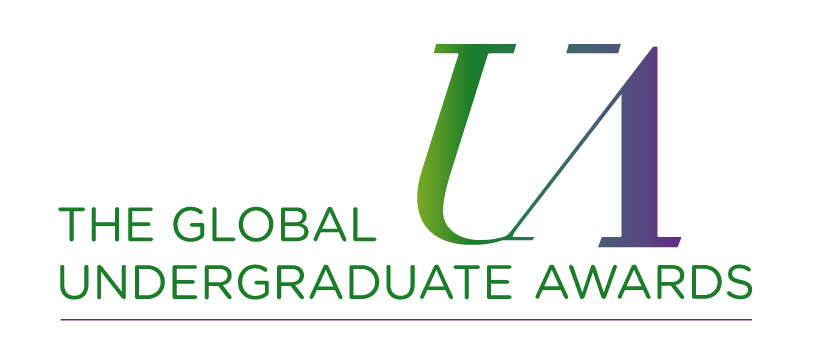Document Type
Article
Publication Date
2020
Abstract
Despite substantial public acceptance for Canadian sexual and gender minorities, LGBT people remain on the margins of obtaining equitable federal political representation. In the 2015 election, twenty-one openly LGBT candidates ran for office with just six winning a seat in the House of Commons (HoC). Of these candidates, one identified as openly-transgender. According to John Adams, legislatures should be “[miniature portraits] of the people at large, and … should feel, reason and act like them.” If so, Canada’s parliament lags in achieving LGBT equitable representation, given that LGBT people make up as much as ten percent of the Canadian population yet only hold 1.7 percent of Parliamentary seats. Although LGB people lack suitable federal representation, transgender, transsexual, intersex and gender nonconforming individuals (TTIGs) are entirely disregarded. No TTIG-candidate has ever won federal office. What explains this lack of representation? What are the socio-political barriers barring TTIGs from running (and winning) and what must be done to ensure greater HoC representation? Utilizing media sources and candidate-perspectives, this paper will argue that lacking TTIG representation is due to the multiplicity of supply-side problems combined with lacking demandside solutions for TTIG candidates. Too few run for political office because of societal barriers impeding their candidacies - lacking social acceptance, hate crimes, violence, and isolation, alongside politico-institutional barriers - the electoral system, political parties, and Canadian voters themselves. This paper will examine these barriers and potential interventions (ex. institutional reform) to improve TTIG federal representation. TTIG MPs are needed not only for representation-sake. Breaking the glass ceiling serves as a consciousness-raising function, challenging false social perceptions that justify excluding minority political participation. This paradox of social acceptance yet political exclusion must be rectified through changes to Canadian society that begin in the classroom. These false social perceptions must be rectified through positive, anti-discriminative gender identity and expression curriculum. Without a more accepting and tolerant Canada, it will be challenging to ensure the legislature personifies a miniature portrait of the electorate.



